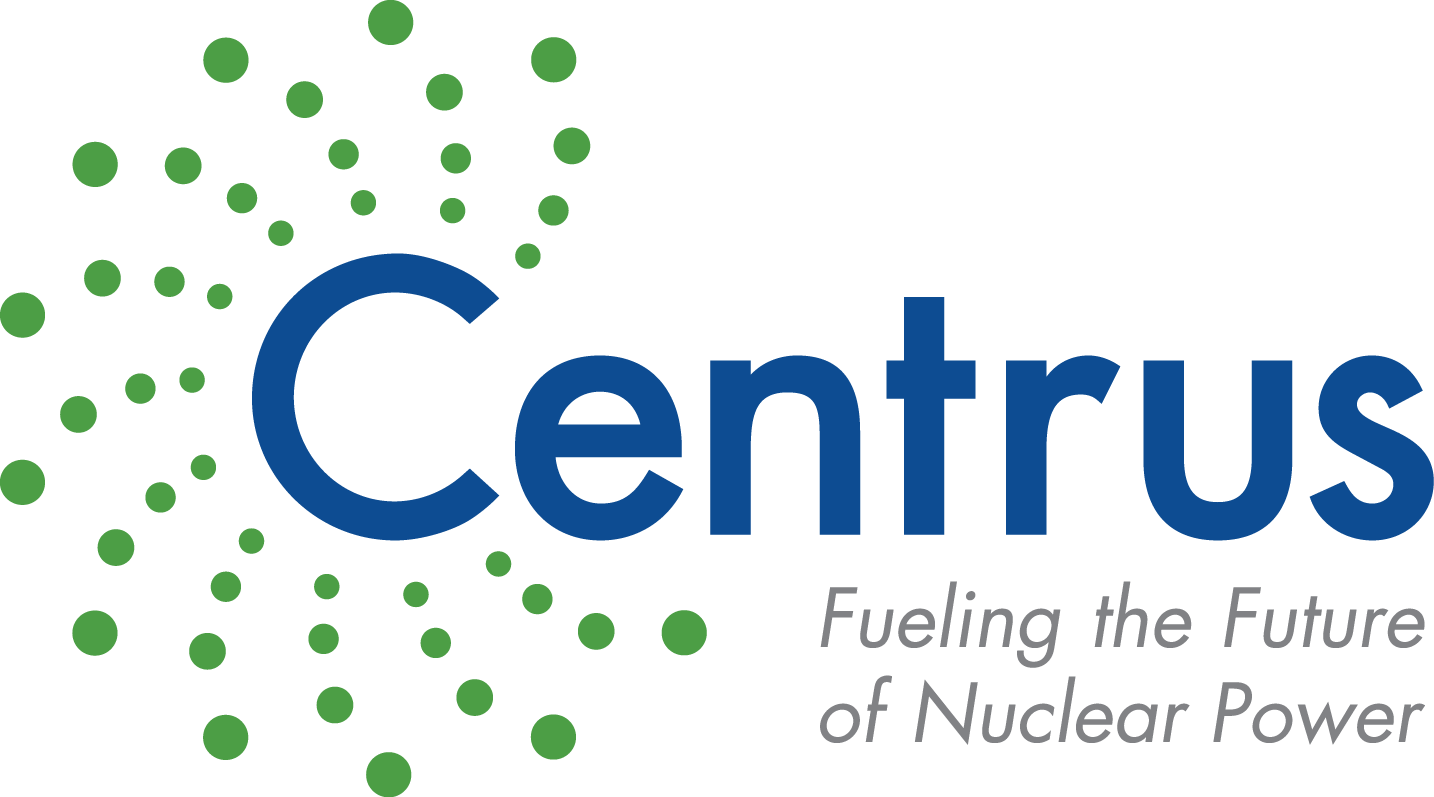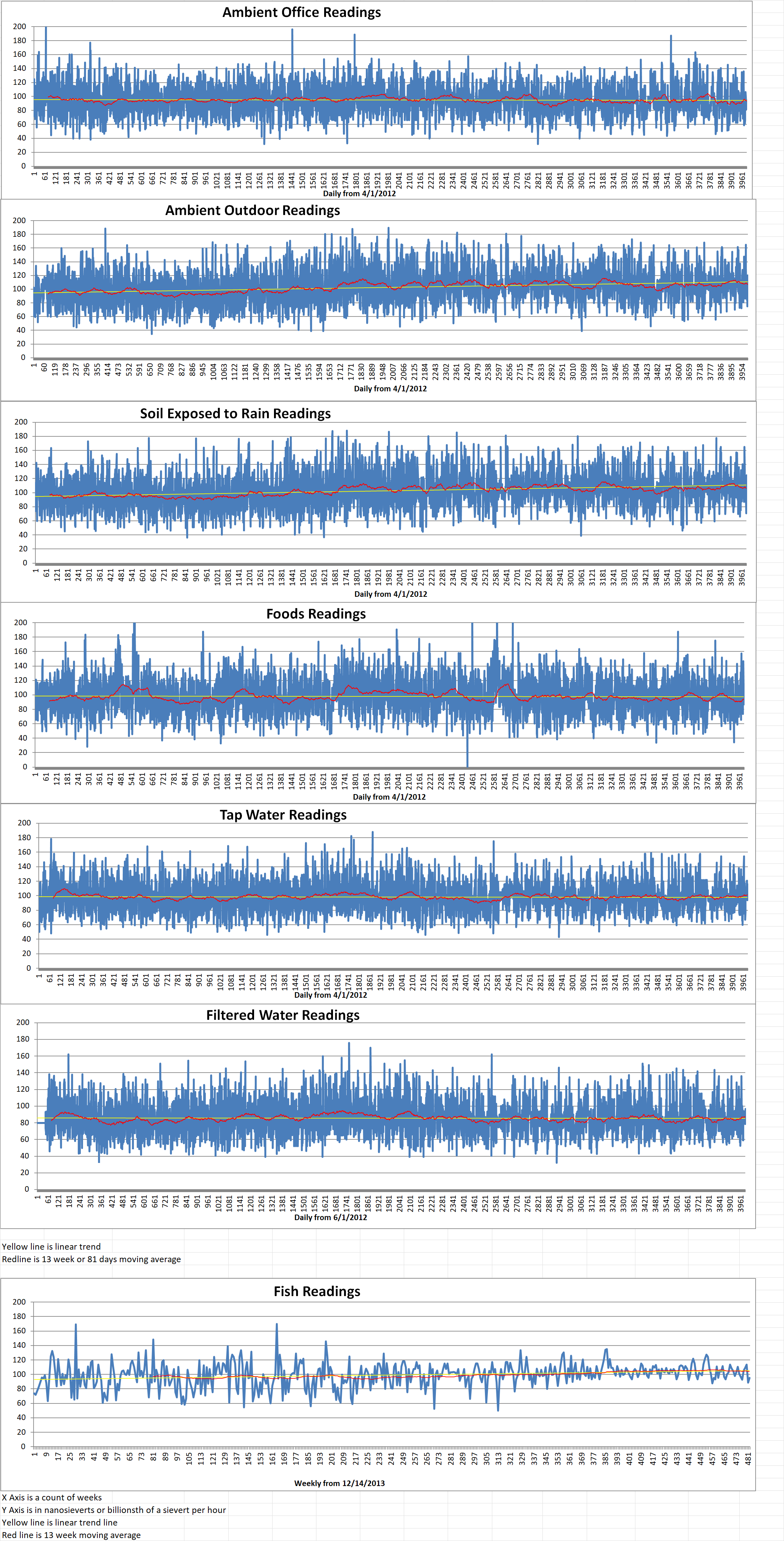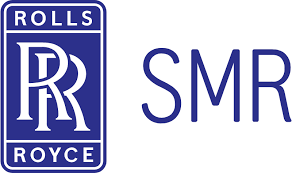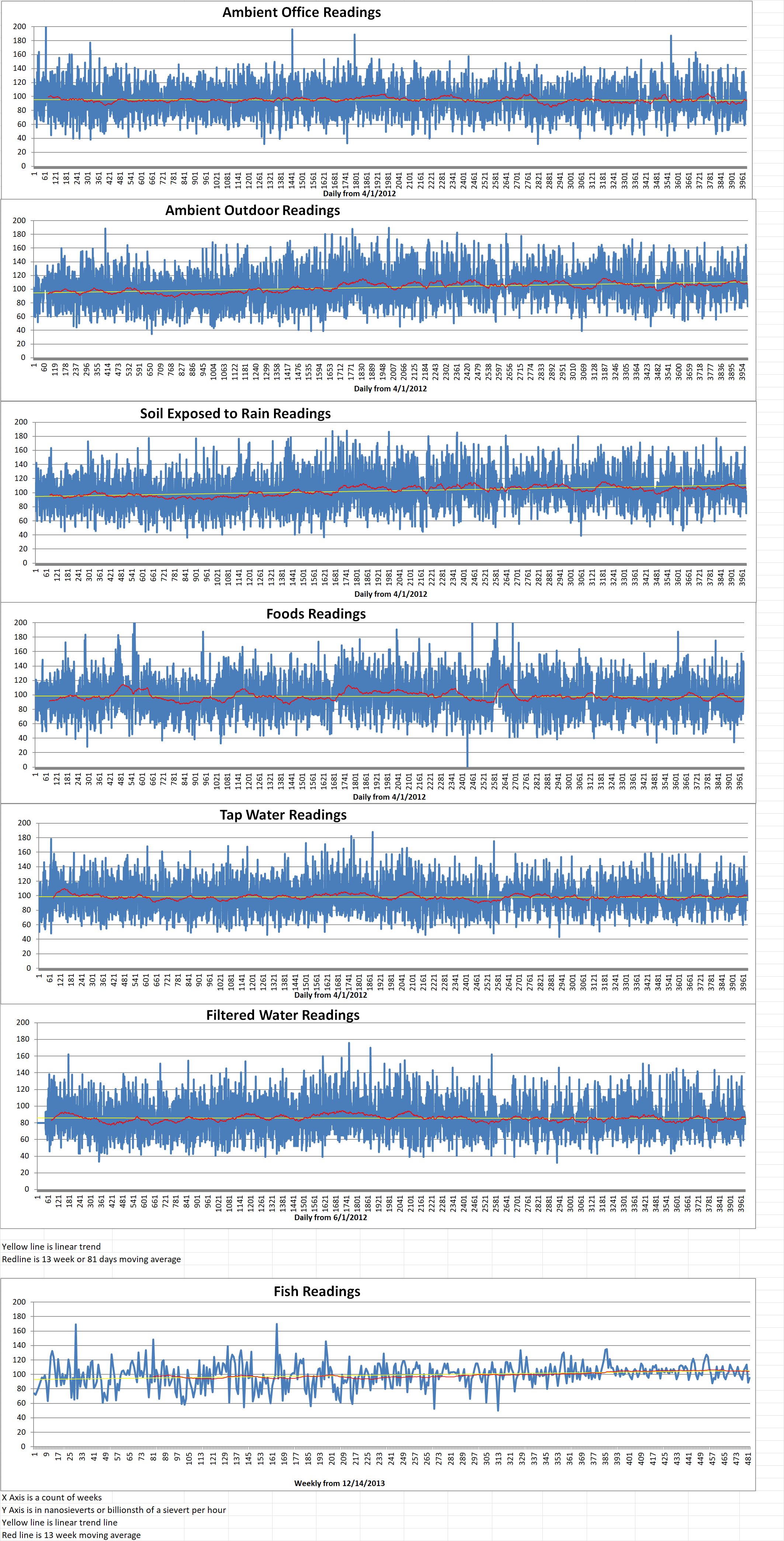Part 2 of 2 Parts (Please read Part 1 first)
Steve Shepherd is the executive director of the Southern Ohio Diversification Initiative, which is promoting economic redevelopment of the site. According to Shepard, Oklo’s plan to construct the two reactors is “one of the biggest things that’s happened in decades.”
Shepard said that the PGDP site is one of the best locations in the country for building nuclear power plants. The uranium enrichment operations consumed massive amounts of electricity. The old connections to the power grid are still in place. They will be needed to distribute the electricity generated by the new reactors.
The southeast Ohio region also offers a trained workforce, according to Shepard. Many people who live in the area worked at the PGDP when it was enriching uranium. Many of them are now working on the cleanup of the site. They are familiar and comfortable working with nuclear materials.
Oklo plans to purchase forty to fifty acres at the site, Shepard added. The two rectors it plans to build on the PGDP site will provide up to thirty megawatts of electricity, according to the company. At full capacity, this would be enough wattage to supply the annual electricity needs of almost twenty-five thousand homes. This estimation is based on average household energy consumption data provided by the U.S. Energy Information Administration (EIA).
The Oklo reactors will be much smaller than traditional nuclear power plants. Because of this, they will be cheaper, easier and faster to construct, according to Oklo. An architectural rendering on the Oklo’s website shows that Aurora reactors will be housed in a modular structure composed of triangular panels with an A-frame entrance.
Another feature of the Aurora reactors is that they will be able to use nuclear waste from other reactors as fuel, according to Oklo. The company says that this recycling of nuclear waste has significant environmental benefits. This includes a significant reduction of the time that the nuclear waste continues to emit harmful amounts of radiation.
Oklo’s announcement comes just a few months after Centrus Energy Corporation announced that it had signed a contract with the U.S. DoE to enrich uranium at the Piketon site. Centrus will produce a different type of enriched uranium than was previously produced at the site and will use a different method.
The enriched uranium that Centrus produces will be the kind needed for the next generation of nuclear reactor designs currently under development by Oklo and other companies. Centrus announced that its Piketon facility is the only one licensed by the NRC to produce this kind of uranium.
The uranium Centrus enriches under the DoE contract will be owned by the U.S. federal government. Centrus said that it would be able to scale up the facility within a few years to meet the demands of commercial nuclear power reactors.
Chester, the spokesperson for Oklo, said that partnerships with fuel enrichers such as Centrus “will be key to ensuring fuel is available for our plants.”
Blog
-

Nuclear Reactors 1229 – Oklo Planning On Construction Of Small Modular Reactors In Southeast Ohio – Part 2 of 2 Parts
-
Nuclear News Roundup May 31, 2023
IAEA: ‘No immediate risk’ to Zaporizhzhia from dam damage world-nuclear-news.org
Wagner Boss ‘Afraid’ Russia May Use Nuclear Bomb on Own Territory thedailybeast.com
The US is getting its first new nuclear reactor in 40 years grist.org
New Czech research reactor commissioned world-nuclear-news.org
-

Geiger Readings for May 31, 2023
Ambient outside = 106 nanosieverts per hour
Soil exposed to rain water = 106 nanosieverts per hour
Avocado from Central Market = 65 nanosieverts per hour
Tap water = 99 nanosieverts per hour
Filter water = 74 nanosieverts per hour
-

Nuclear Reactors 1228 – Oklo Planning On Construction Of Small Modular Reactors In Southeast Ohio – Part 1 of 2 Parts
Part 1 of 2 Parts
Oklo is a California-based company. It plans to construct two small-scale nuclear power reators near Piketon, Ohio that will operate under a new model compared to traditional nuclear power plants. If these reactors are actually built, they would be the first commercial nuclear reactors in the U.S. to use the new process. The first phase of the project is obtaining a license from the U.S. Nuclear Regulatory Commission (NRC), the agency that oversees the nation’s nuclear industry. The reactors in Ohio would be the second and third built by Oklo. The company has plans to construct its first reactor in Idaho. Oklo calls its new reactor design “Aurora”.
Oklo submitted a license application to the NRC for the Idaho reactor in March 2020. The NRC denied that license application in January of 2022. It said that Oklo had not provided enough information to do a full safety assessment of the proposed reactor.
Andrea Veil is the director of the commission’s Office of Nuclear Reactor Regulation. He said, “Oklo’s application continues to contain significant information gaps in its description of Aurora’s potential accidents as well as its classification of safety systems and components.” This information was disseminated via a press release about the NRC decision.
Since the January 2022 decision, the NRC and Oklo have been engaged in a pre-application process to lay the groundwork for a new license application. This licensing process involves a different reactor design than the one first proposed for the Idaho site, according to Scott Burnell who is a public affairs officer for the NRC.
Bonita Chester is Oklo’s director of communications. She said, “We’ve been actively engaged with the NRC in closing out the open areas for which they wanted more information. These can generally be considered areas where the advanced nature of the technology, and its differences from current reactors, can cause deviations in style and format of what the regulator is used to, so we have focused on bridging that and communicating those accordingly.”
The two reactors being proposed by Oklo for southeast Ohio will be the same design as the one that it plans to build in Idaho. Oklo intends to submit a new application for the Idaho reactor within the next twelve months. An application for the Ohio plants will be submitted by 2025.
The Ohio reactors will be constructed on the site of the former Portsmouth Gaseous Diffusion Plant (PGDP). For decades, uranium was enriched at the PGDP for use in commercial nuclear power plants and nuclear weapons. The site consists of thousands of acres about two miles south of Piketon. These decades of operation left large sections of the site significantly contaminated with radioactive and other hazardous wastes. This contamination includes buildings, soil and groundwater.
An extensive cleanup operation has been underway for years. It will continue for at least another decade. This projection was provided by the U.S. Department of Energy (DoE), which is overseeing the remediation. In the meantime, local economic development officials are trying to find businesses interested in developing portions of the site that are not contaminated.
Please read Part 2 next -
Nuclear News Roundup May 30, 2023
IAEA: ‘No immediate risk’ to Zaporizhzhia from dam damage world-nuclear-news.org
Wagner Boss ‘Afraid’ Russia May Use Nuclear Bomb on Own Territory thedailybeast.com
The US is getting its first new nuclear reactor in 40 years grist.org
New Czech research reactor commissioned world-nuclear-news.org
-

Geiger Readings for May 30, 2023
Ambient office = 92 nanosieverts per hour
Ambient outside = 120 nanosieverts per hour
Soil exposed to rain water = 125 nanosieverts per hour
Tomato from Central Market = 87 nanosieverts per hour
Tap water = 116 nanosieverts per hour
Filter water = 97 nanosieverts per hour
-

Nuclear Reactors 1227 – Rolls-Royce Is In The Race To Develop and Deploy Small Modular Reactors
Some investors are betting on Rolls-Royce (RR) stock rising because RR is entering the small modular reactors (SMR) market. SMRs will be manufactured in a factory and assembled at the site where they will operate. One of the selling points for SMRs is the expectation that they will be cheaper and quicker to construct than conventional nuclear power plants. Large-scale nuclear projects are notorious for running over budget and behind schedule.
SMR technology has already been proven in Russia. In 2020, a floating power station was commissioned. The result was the Akademik Lomonosov barge which now provides power for two hundred thousand homes in the Russian city of Vilyuchinsk. Nuclear reactors usually used in nuclear icebreakers were used to construct the floating power plant.
RR is designing SMRs with a four hundred and seventy megawatt capacity. Each one will be able to provide electricity to one million households.
There are currently thirty-two countries that make use of nuclear power. However, SMRs will open up new markets in countries that have not used nuclear technology because of their relative simplicity and sixty year projected life spans. Many are expected to be located on existing sites of redundant coal or gas-fired power plants. The market for SMRs is projected to be worth more than thirty billion dollars a year by 2040.
The U.K., U.S. and Canada are leading players in the development of these small nuclear reactors. The U.K. government is so interested that it has given RR two hundred and sixty million dollars. Four sites have been chosen where it is hoped that fifteen gigawatts of capacity will be installed. RR has signed memoranda of understanding with the Czech Republic, Estonia and Turkey for SMR projects.
Not everyone is enthusiastic about more nuclear power. Greenpeace does not support nuclear power due to the long-lasting problems of dealing with spent nuclear fuel waste. High profile nuclear disasters at Chernobyl and Fukushima are reminders of how badly things can go wrong when nuclear technology fails.
Last month, Germany shut down its last operational nuclear power plant. The German government has decided to invest in renewable energy instead. However, at the same time, Finland opened Europe’s biggest nuclear power plant. It is expected that about forty percent of the electricity in Finland will soon be produced by nuclear power.
The most recent survey by YouGov suggested that nuclear power is becoming more popular. In September of last year, forty-eight of the those polled said that they supported the use of nuclear power in the U.K. In August of 2019, a similar poll found that only forty percent of the respondents supported nuclear power.
From an investment point of view in the U.S., SMRs are receiving the backing of two American billionaires. TerraPower is being funded by Bill Gates. In collaboration with GE Hitachi Nuclear Energy, TerraPower has created the Natrium reactor. These are intended to provide constant power. They will compensate for when weather conditions for wind and solar farms are unfavorable. Warren Buffet, through Berkshire Hathaway, owns PacifiCorp which is partnering with TerraPower in a feasibility study for a site in Wyoming.
RR is not expected to have its first operation SMR until 2030. -
Nuclear News Roundup May 29, 2023
Putin’s dam attack is a dangerous escalation that takes the war in an even more perilous direction news.sky.com
Iran-Saudi nuclear cooperation possible: report tehrantimes.com
We are now dangerously close to nuclear war telegraph.co.uk
NRG exits nuclear with sale of South Texas Project stake world-nuclear-news.org
-

Geiger Readings for May 29, 2023
Ambient office = 84 nanosieverts per hour
Ambient outside = 79 nanosieverts per hour
Soil exposed to rain water = 93 nanosieverts per hour
Red bell pepper from Central Market = 108 nanosieverts per hour
Tap water = 94 nanosieverts per hour
Filter water = 86 nanosieverts per hour
-
Nuclear News Roundup May 28, 2023
Why North Korea’s Latest Nuclear Claims Are Raising Alarms nytimes.com
OPG and OSGE enhance cooperation on SMRs world-nuclear-news.org
Advanced Nuclear Technology Is a Potential Option To Achieve Zero Carbon Emissions for Purdue University marketscreener.com
IAEA aims to expand team at Zaporizhzhia world-nuclear-news.org
